Tech Articles

Choosing the Right Concurrency Model for Your Python Tasks
A deep dive into Python's multiprocessing, threading, and asyncio, helping you select the optimal concurrency strategy for various task types.
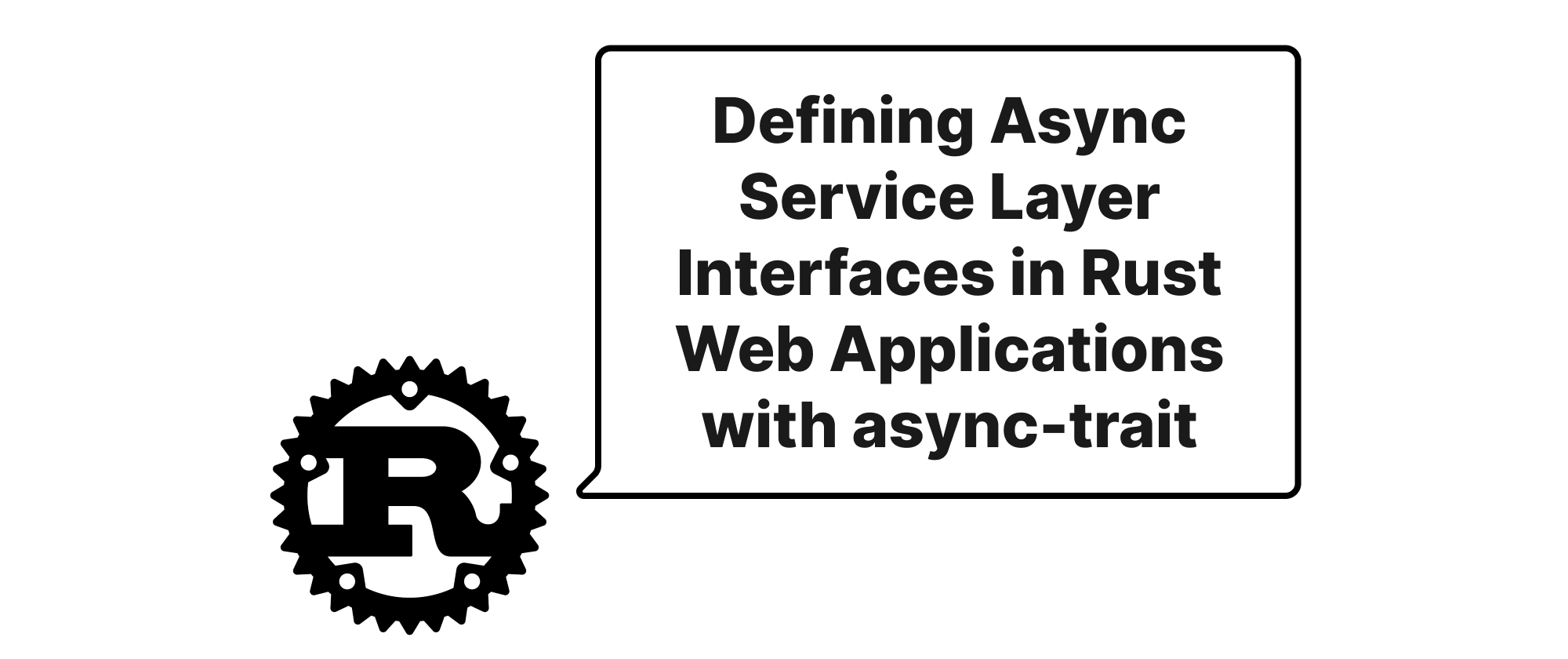
Defining Async Service Layer Interfaces in Rust Web Applications with async-trait
This article explores how to effectively use the `async-trait` crate to define and implement asynchronous service layer interfaces in Rust web development, enhancing modularity and testability.
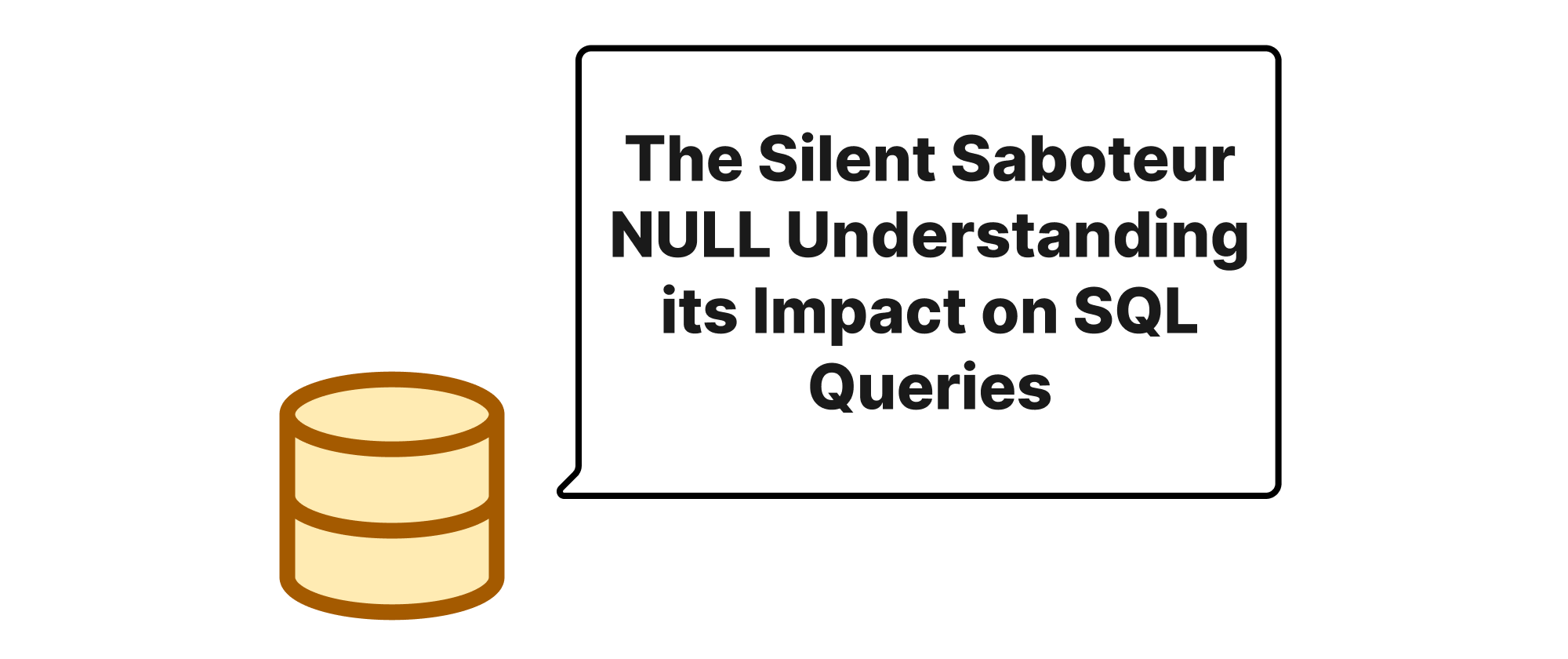
The Silent Saboteur NULL Understanding its Impact on SQL Queries
Exploring how the often-misunderstood NULL value can complicate COUNT, JOIN, and WHERE clauses in SQL, leading to unexpected results and data integrity challenges.

Learn How to Write a Mini SQL Parser in Python (Step by Step)
The essence of SQL parsing is to "convert text into structured data", which relies on two core steps: "splitting into Tokens via lexical analysis" and "building an AST via syntactic analysis". Although the simple parser implemented in this article using ply is not sufficient for production environments, it can help you understand the working principles of parsers.
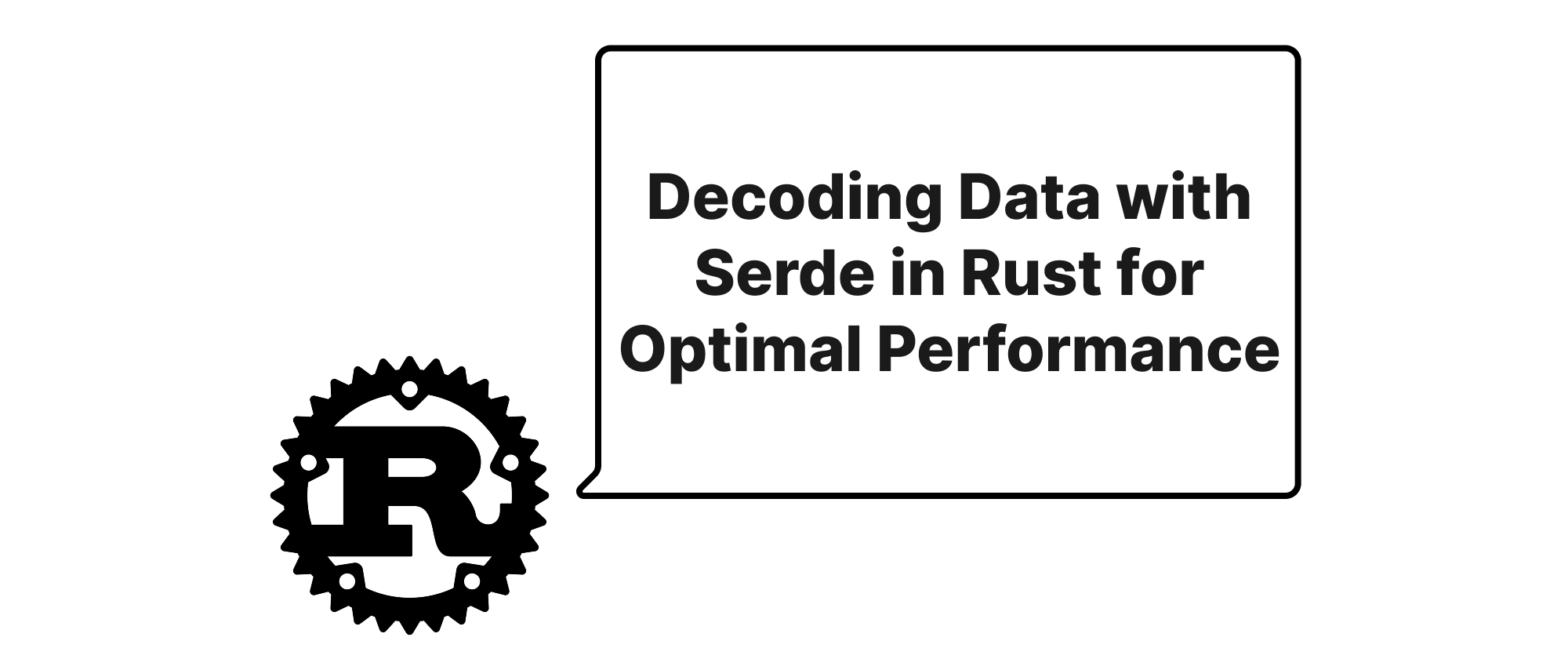
Decoding Data with Serde in Rust for Optimal Performance
This article delves into Serde, Rust's powerful serialization and deserialization framework, showcasing how it enables high-performance JSON, TOML, and YAML operations through practical examples and detailed explanations.
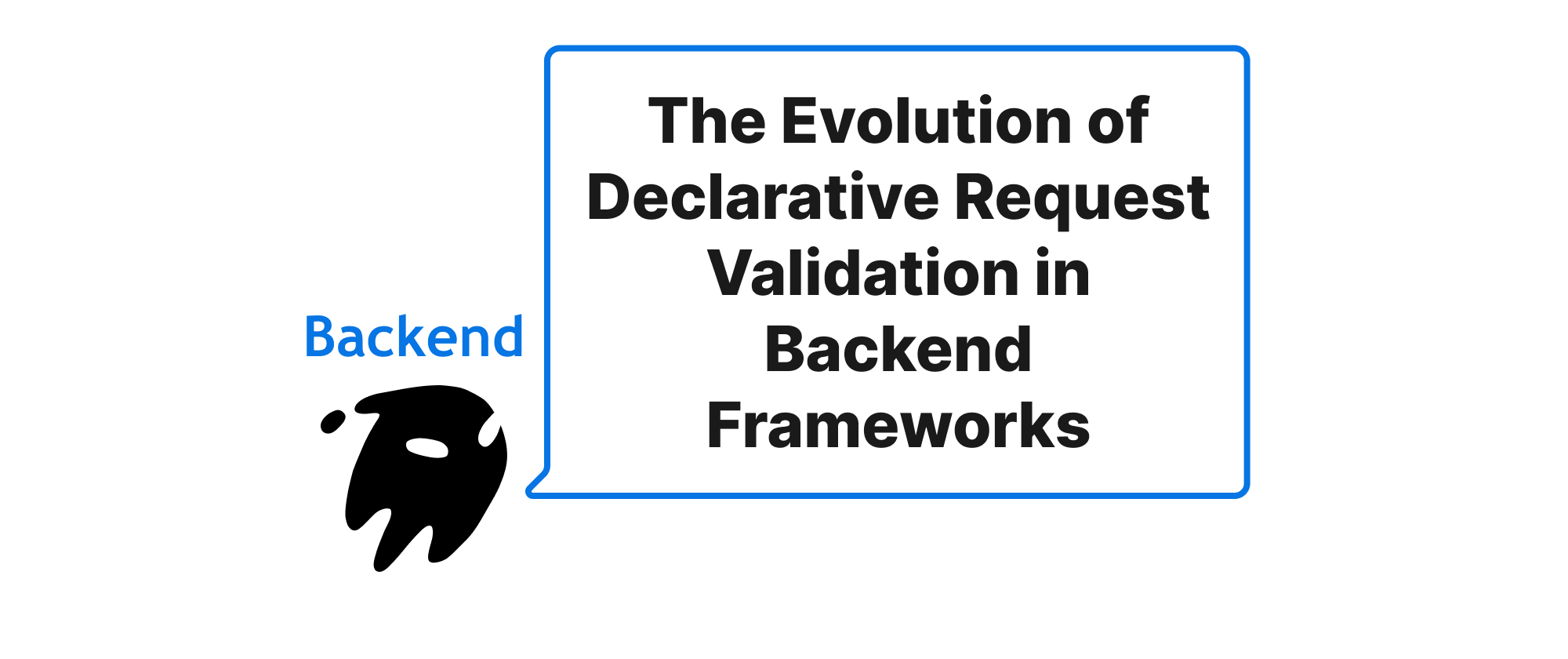
The Evolution of Declarative Request Validation in Backend Frameworks
Explore the journey of declarative request validation, from imperative code to modern annotations and decorators, showcasing its principles, implementations, and benefits in backend development.
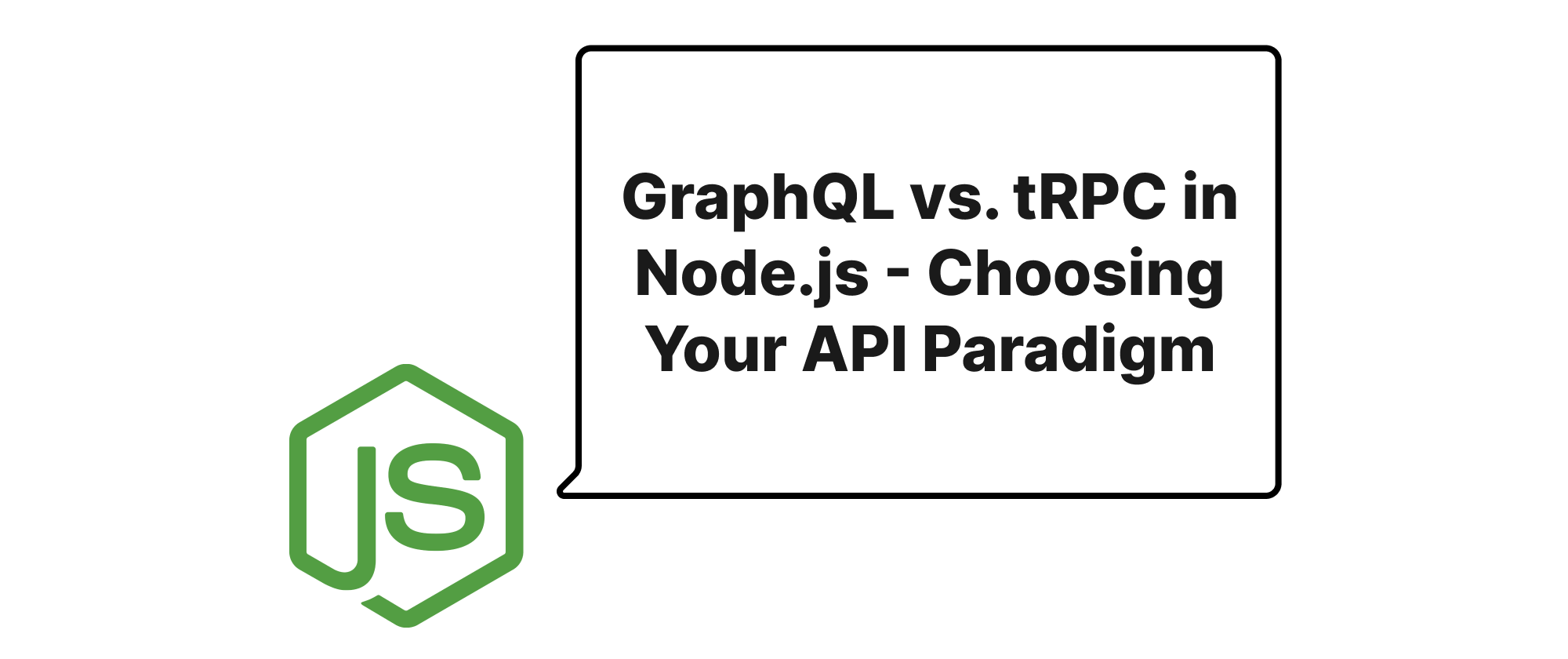
GraphQL vs. tRPC in Node.js - Choosing Your API Paradigm
Navigating the modern Node.js backend landscape requires critical decisions about API design. This article explores two prominent paradigms, GraphQL with Apollo Server and tRPC, dissecting their core principles, practical implementations, and ideal use cases to help developers make informed choices for their projects.

Delving into JavaScript's Shadow Realms for Secure Sandboxing
This article explores the Shadow Realms API, a powerful new JavaScript feature for creating isolated execution environments, enhancing security and resource management in web applications.
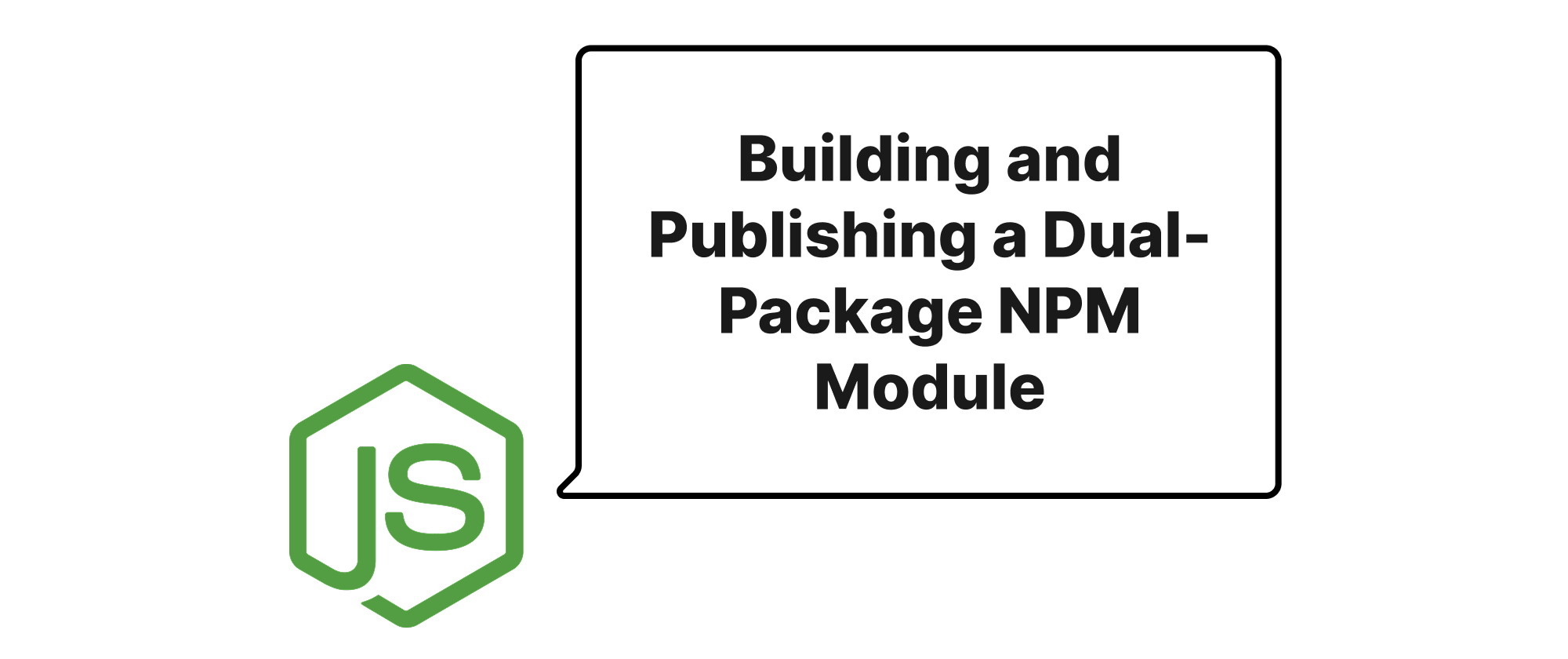
Building and Publishing a Dual-Package NPM Module
This article guides you through the process of creating, testing, and publishing your own NPM package in JavaScript, ensuring compatibility with both ESM and CJS module systems.

SOLID Design in Go
A practical guide to applying SOLID design principles in Go for robust and testable code.
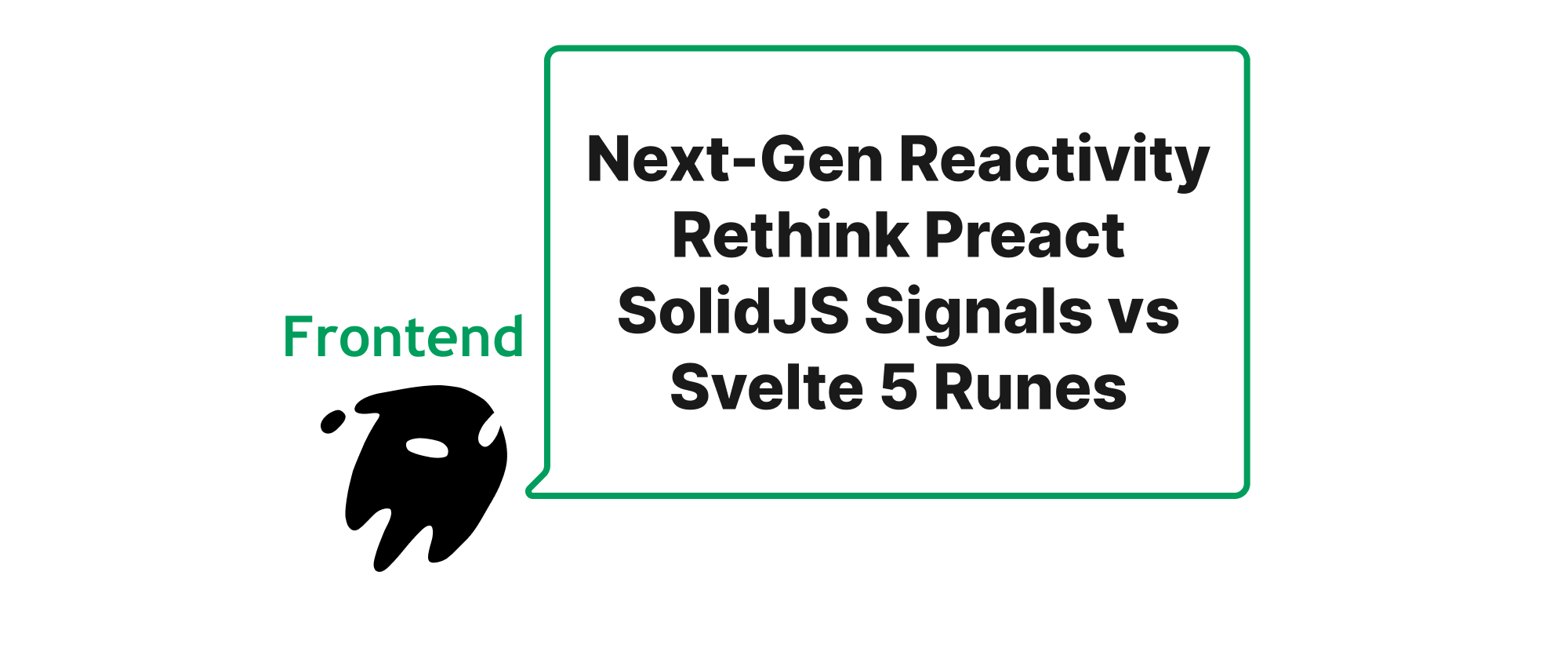
Next-Gen Reactivity Rethink Preact SolidJS Signals vs Svelte 5 Runes
This article delves into the transformative shift in frontend reactivity, comparing Preact/SolidJS Signals and Svelte 5 Runes. It explores their core principles, practical implementations, and real-world implications for building highly performant and maintainable web applications, guiding developers towards a deeper understanding of modern reactive paradigms.

Accelerating Pandas Operations Beyond Apply
Explore efficient alternatives to Pandas' `apply` method for significant performance gains in data processing, covering vectorized operations, Numba, and Swifter.
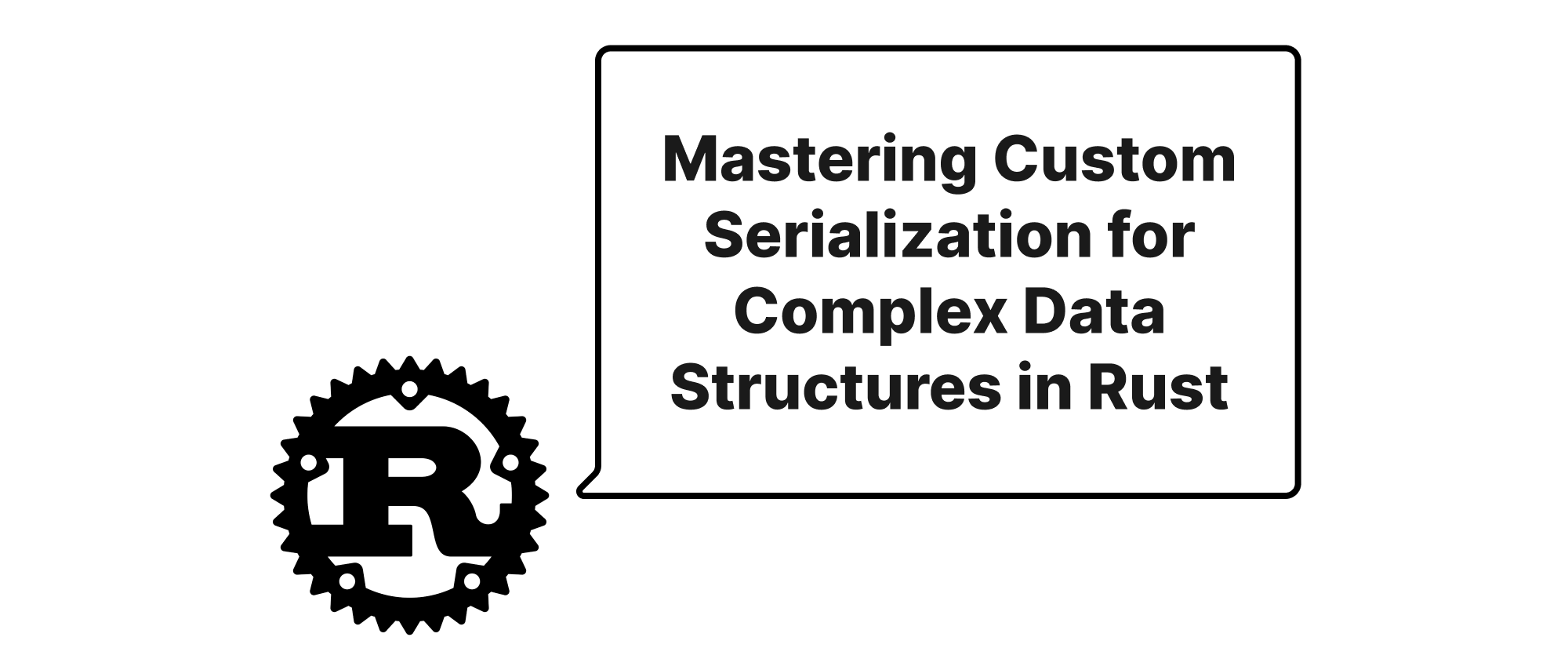
Mastering Custom Serialization for Complex Data Structures in Rust
This article delves into the intricacies of implementing custom `serde::Serialize` and `serde::Deserialize` for complex data types in Rust, equipping developers with the knowledge to handle non-standard serialization requirements efficiently.

Understanding SQL Joins A Visual Guide
This article provides a comprehensive visual guide to SQL JOIN operations (INNER, LEFT, FULL OUTER, CROSS), explaining their functionalities, applications, and practical examples to illustrate how data from multiple tables is combined effectively.

The Go 1.25 Upgrade: Generics, Speed, and What You Need to Know
Go has taken another significant step forward on its journey of continuous evolution! On August 12, 2025, the Go team officially released version 1.25, bringing a series of exciting new features and performance optimizations. As a regular update every six months, this version not only upholds Go's tradition of prioritizing practicality and stability but also delivers notable improvements in generic support, performance optimization, and standard library enhancement. Let’s dive deep into the highlights of Go 1.25 while reviewing the key updates since Go 1.20.
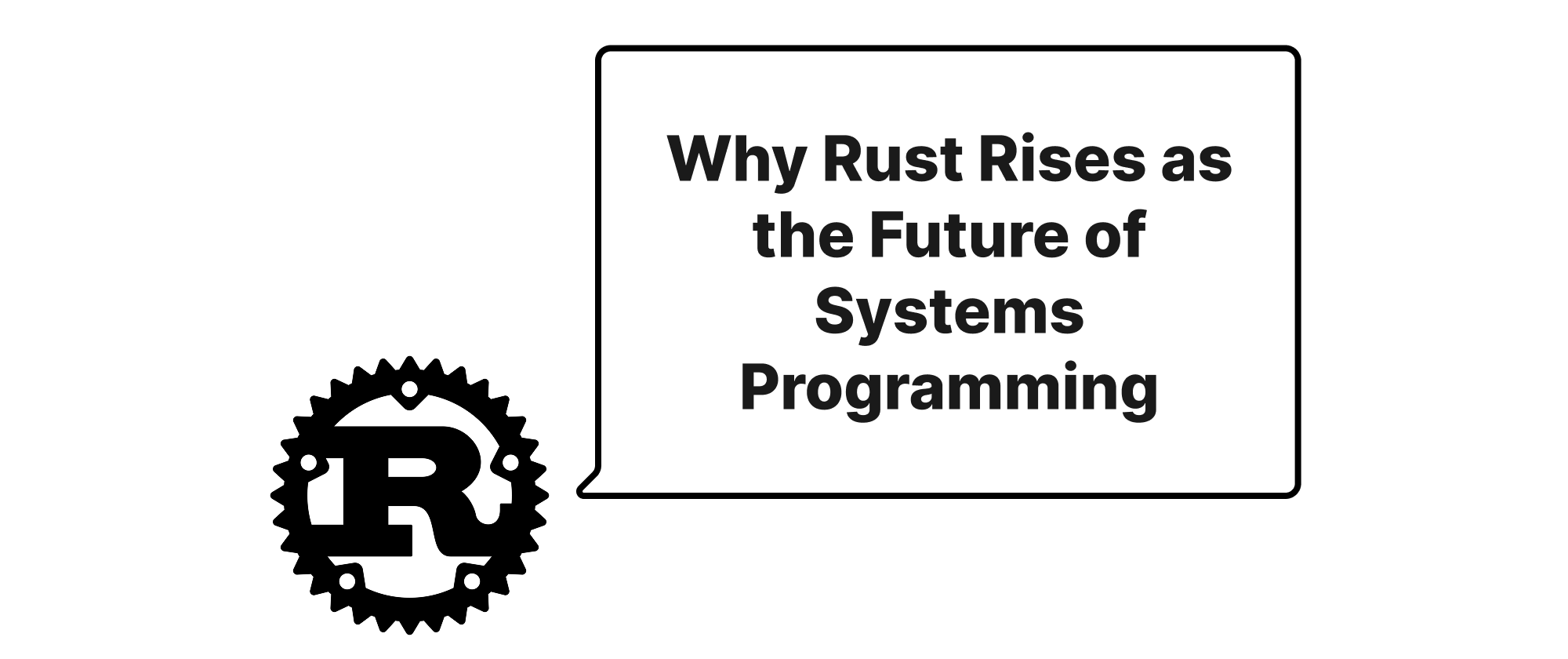
Why Rust Rises as the Future of Systems Programming
This article delves into why Rust is becoming a dominant force in systems programming, comparing its strengths against established languages like C++ and Go across safety, performance, and concurrency.
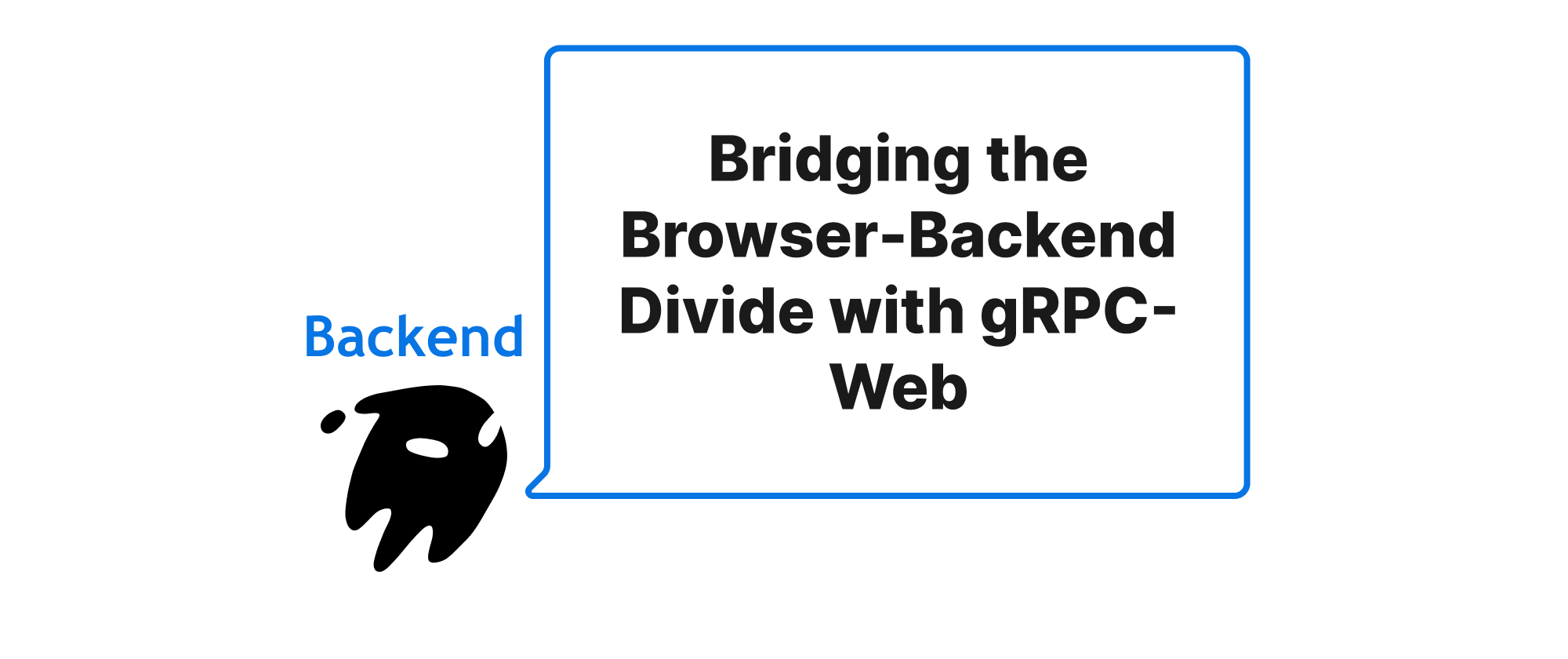
Bridging the Browser-Backend Divide with gRPC-Web
This article delves into how browser applications can directly communicate with gRPC backend services using gRPC-Web, explaining the core concepts, implementation details, and practical examples.
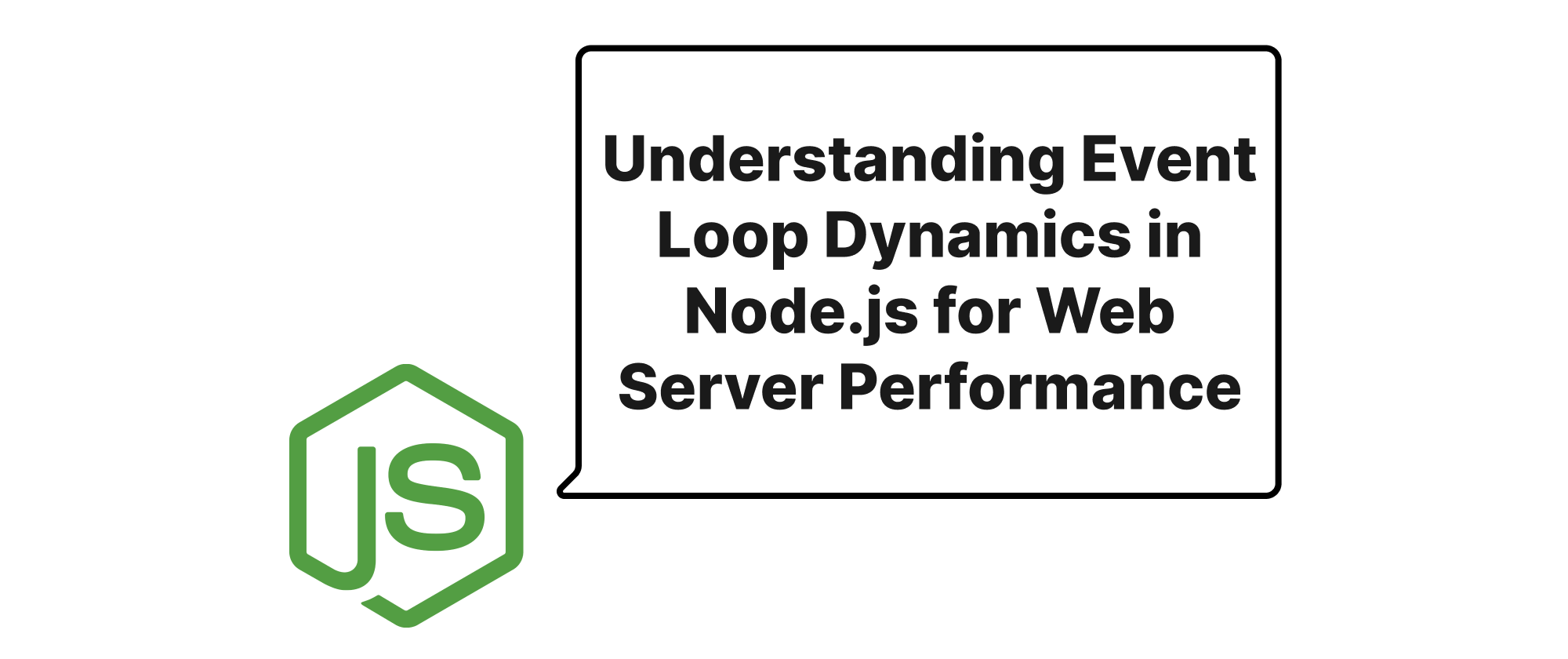
Understanding Event Loop Dynamics in Node.js for Web Server Performance
This article delves into the critical role of the Node.js event loop in influencing the throughput and latency of web servers. It explains the event loop's mechanics, its interaction with I/O operations, and how its efficient design contributes to Node.js's non-blocking, high-performance capabilities, illustrated with practical examples.

Designing a Versioning Strategy for Your Node.js APIs
Explore URL and Header-based versioning strategies for Node.js APIs, understanding their trade-offs with practical examples to build robust and evolvable systems.
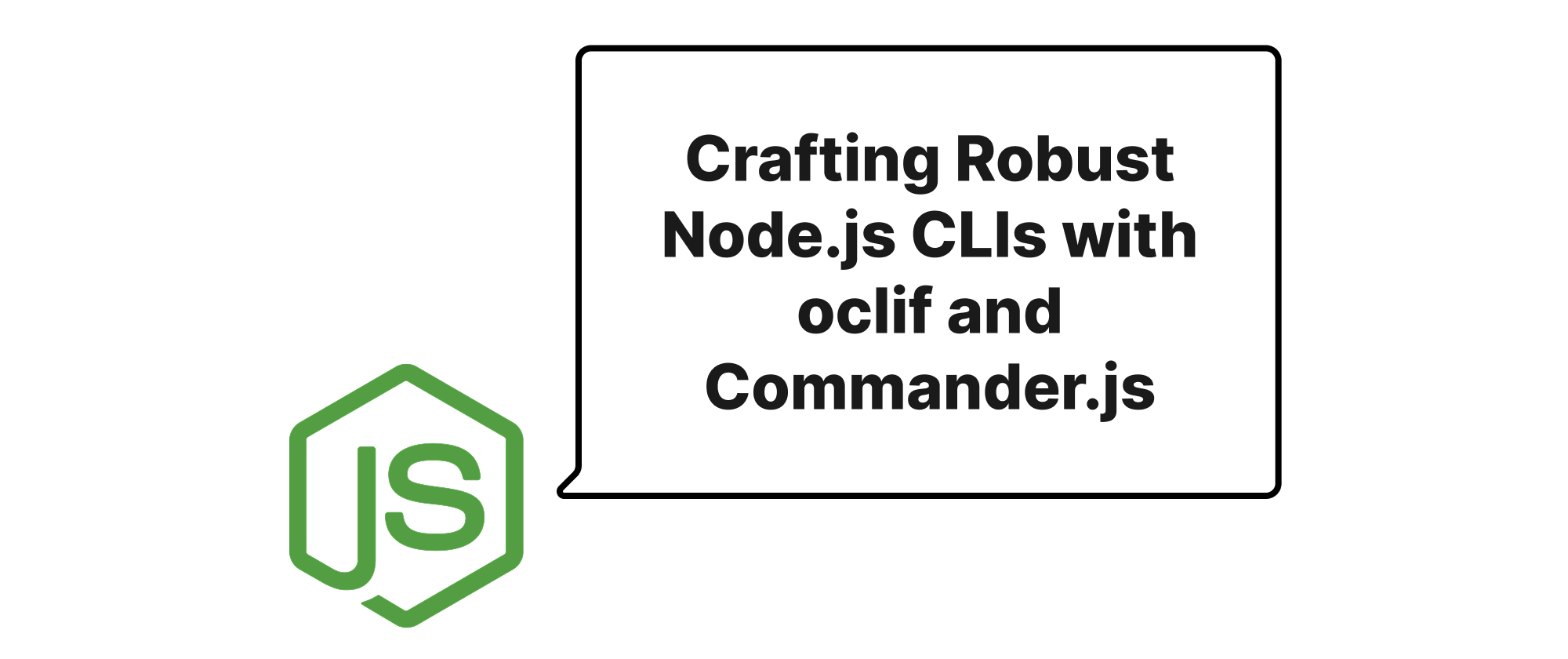
Crafting Robust Node.js CLIs with oclif and Commander.js
Explore how oclif and Commander.js empower developers to build professional, feature-rich command-line interfaces for Node.js applications, enhancing development workflows and user experience.
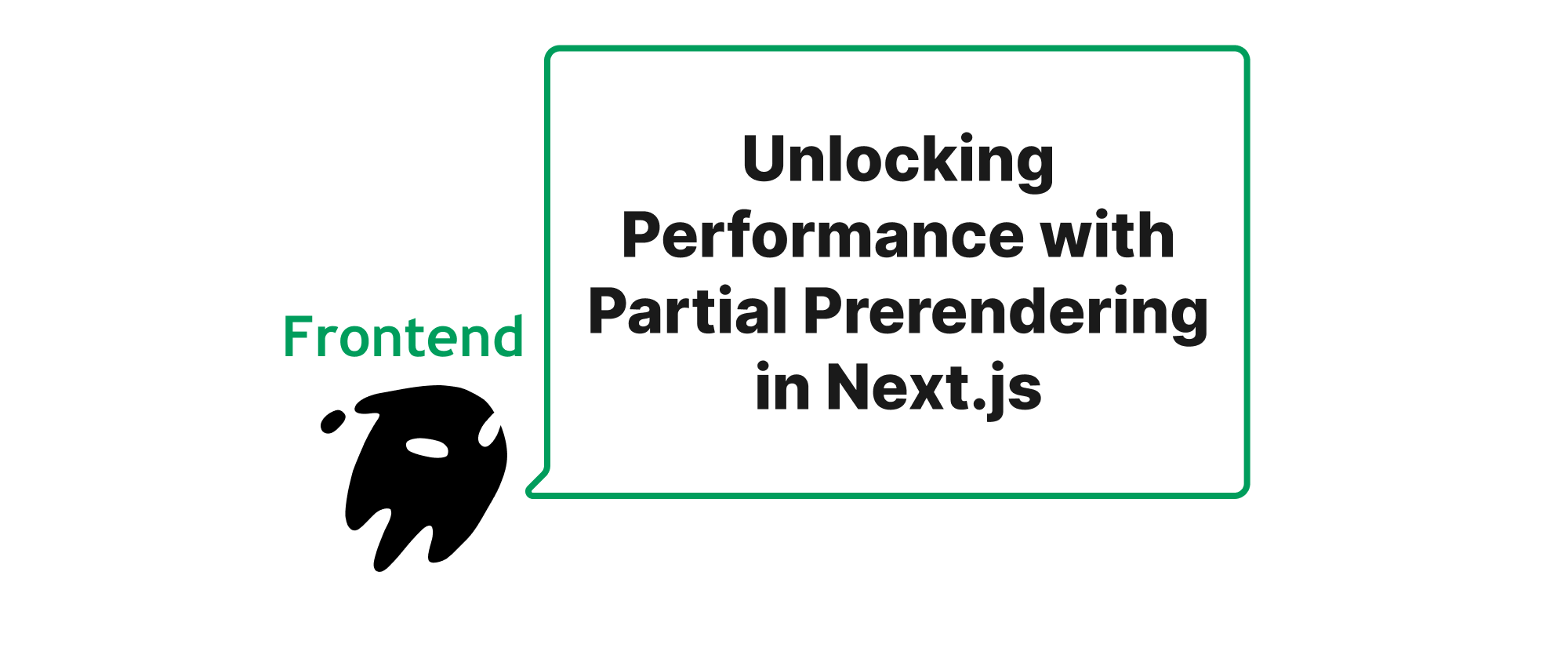
Unlocking Performance with Partial Prerendering in Next.js
This article delves into the practical application and significant advantages of Partial Prerendering (PPR) within Next.js, showcasing how it revolutionizes web performance for dynamic content without sacrificing SEO or user experience.

Understanding Weak Pointers in Go 1.24
Introduction to Go 1.24 weak pointers, their usage, differences from strong references, and common scenarios.

Unlocking Python Class Creation Magic with Metaclasses
Explore the power of Python metaclasses to dynamically create and modify classes, understanding their core concepts, implementation, and practical applications for flexible and powerful code design.

Graceful Termination of Downstream Operations with Go Context
Exploring how to effectively use Go's context package to manage cancellation signals for database queries and gRPC calls, ensuring clean shutdown of downstream operations.

Go unsafe: When to Use It, and Why It’s Dangerous
In the world of Go, "type safety" is a core feature emphasized repeatedly—the compiler acts like a strict doorman, preventing you from force-converting an int pointer to a string pointer and forbidding arbitrary modifications to a slice’s underlying capacity. However, there is one package that deliberately "challenges the rules": unsafe.
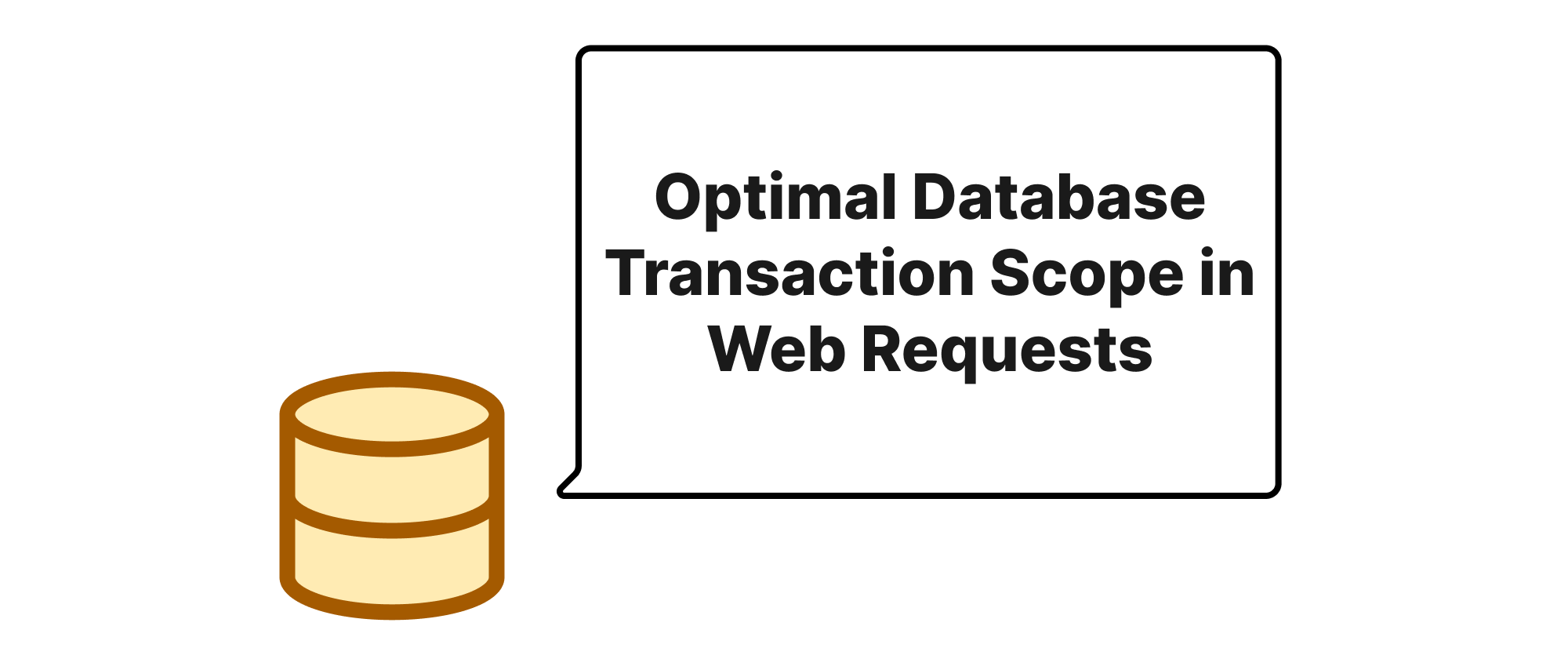
Optimal Database Transaction Scope in Web Requests
This article delves into the critical question of defining the boundaries of database transactions within web requests, explaining core concepts, exploring best practices, and demonstrating practical implementations with code examples.
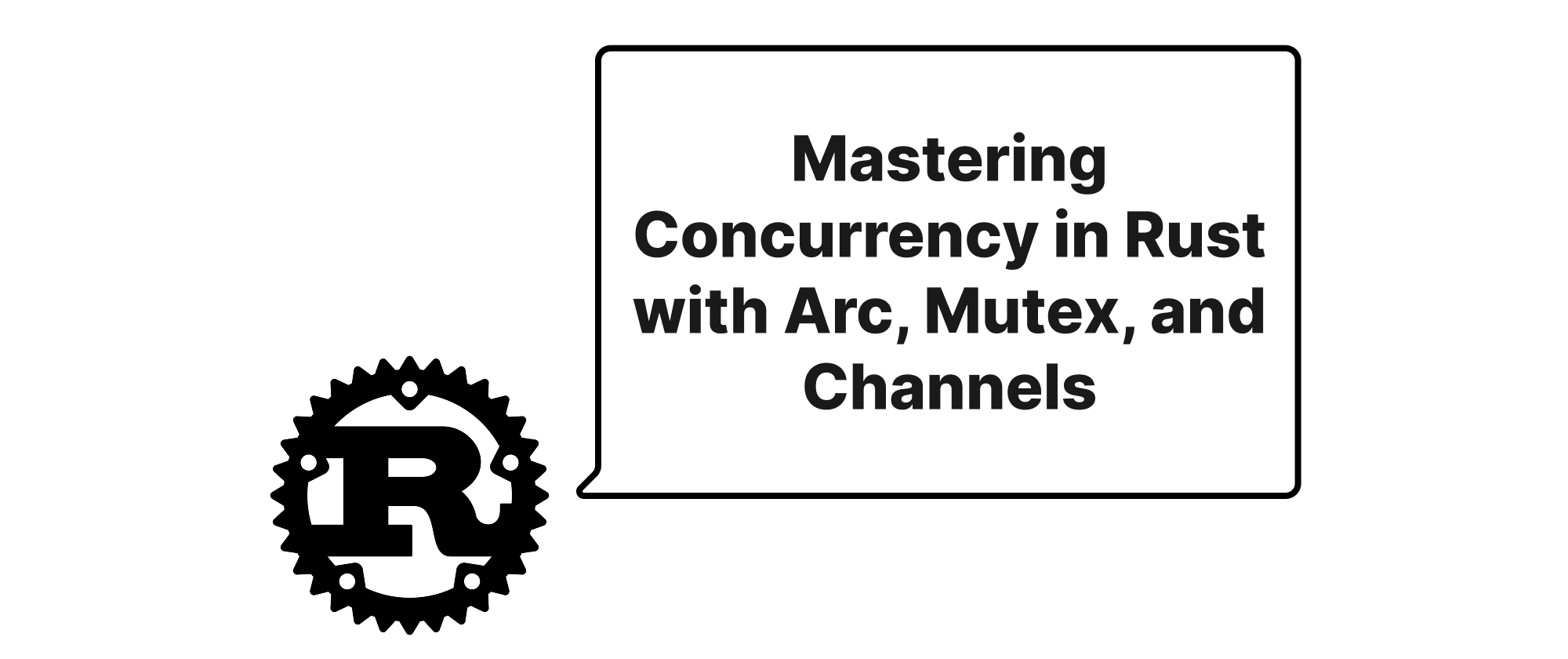
Mastering Concurrency in Rust with Arc, Mutex, and Channels
Dive deep into Rust's powerful concurrency primitives – Arc, Mutex, and Channels – to understand how they enable safe and efficient parallel programming for robust applications.

Mastering Background Task Processing Across Backend Frameworks
An exploration of best practices for queues, scheduling, and monitoring in various backend frameworks, ensuring efficient and reliable background task execution.

Handling Multiple API Requests with Promise.all and Promise.allSettled
This article explores the practical applications of Promise.all and Promise.allSettled in managing concurrent API requests in JavaScript, detailing their differences, use cases, and providing code examples for effective implementation.

Navigating TypeScript Transpilers - A Guide to tsc, esbuild, and swc
Explore the strengths and weaknesses of tsc, esbuild, and swc to choose the optimal TypeScript transpiler for your project, considering factors like performance, features, and ecosystem integration.

Navigating Node.js Versions A Deep Dive into nvm, Volta, and fnm
This article explores the essential tools for Node.js version management, comparing nvm, Volta, and fnm to help developers choose the best solution for their workflow.

Beyond Django Admin Exploring Alternative Python Admin Interfaces
Dive into Python's admin interface ecosystem beyond Django Admin, focusing on Starlette-Admin as a modern alternative for FastAPI and Starlette applications.

Understanding Python's Global Interpreter Lock
Delve into the intricacies of Python's Global Interpreter Lock (GIL), exploring its purpose, historical context, and practical strategies for effectively working around its limitations in multi-threaded applications.

Structuring Go Monolithic Web Applications for Cohesive and Loosely Coupled Code
This article delves into effective code organization strategies for Go monolithic web applications, focusing on achieving high cohesion and low coupling through clear architectural patterns and practical examples.
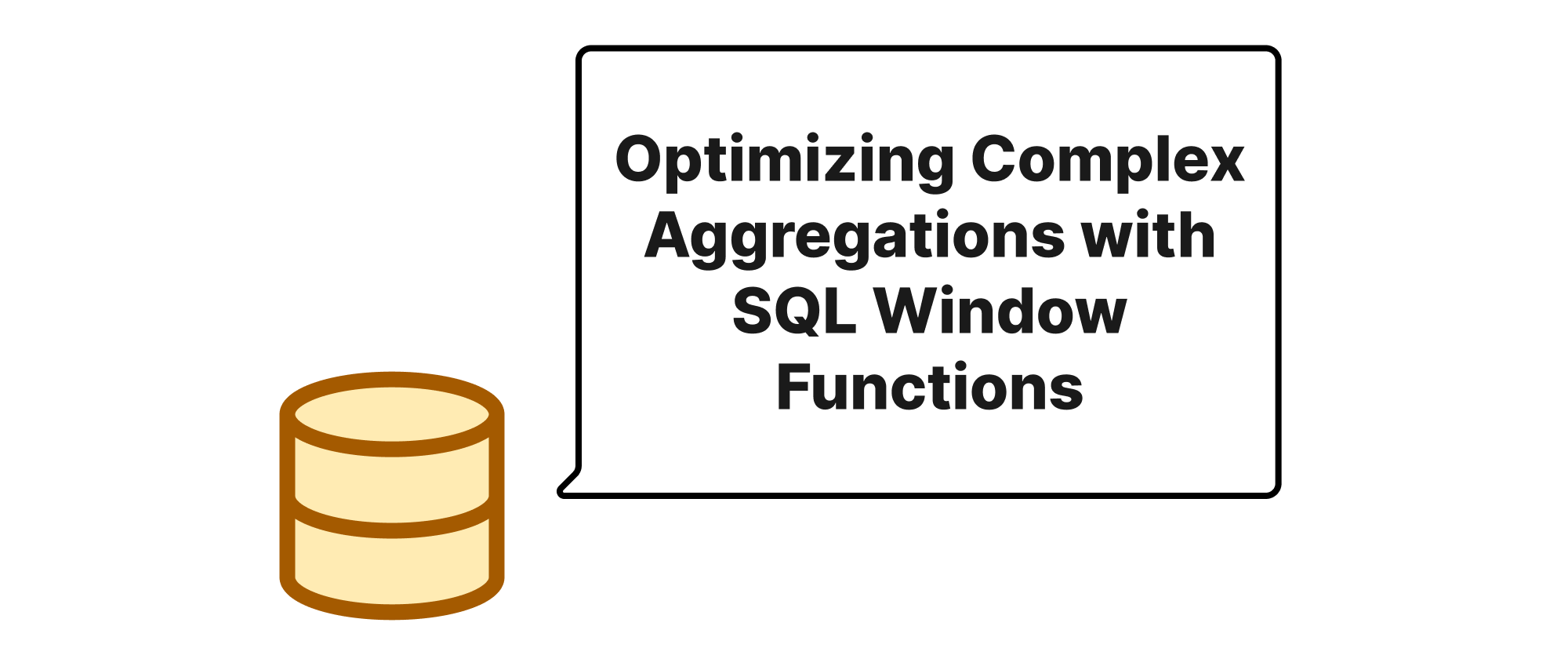
Optimizing Complex Aggregations with SQL Window Functions
Explores how SQL window functions can replace inefficient N+1 queries for complex aggregations, significantly improving performance and code readability.
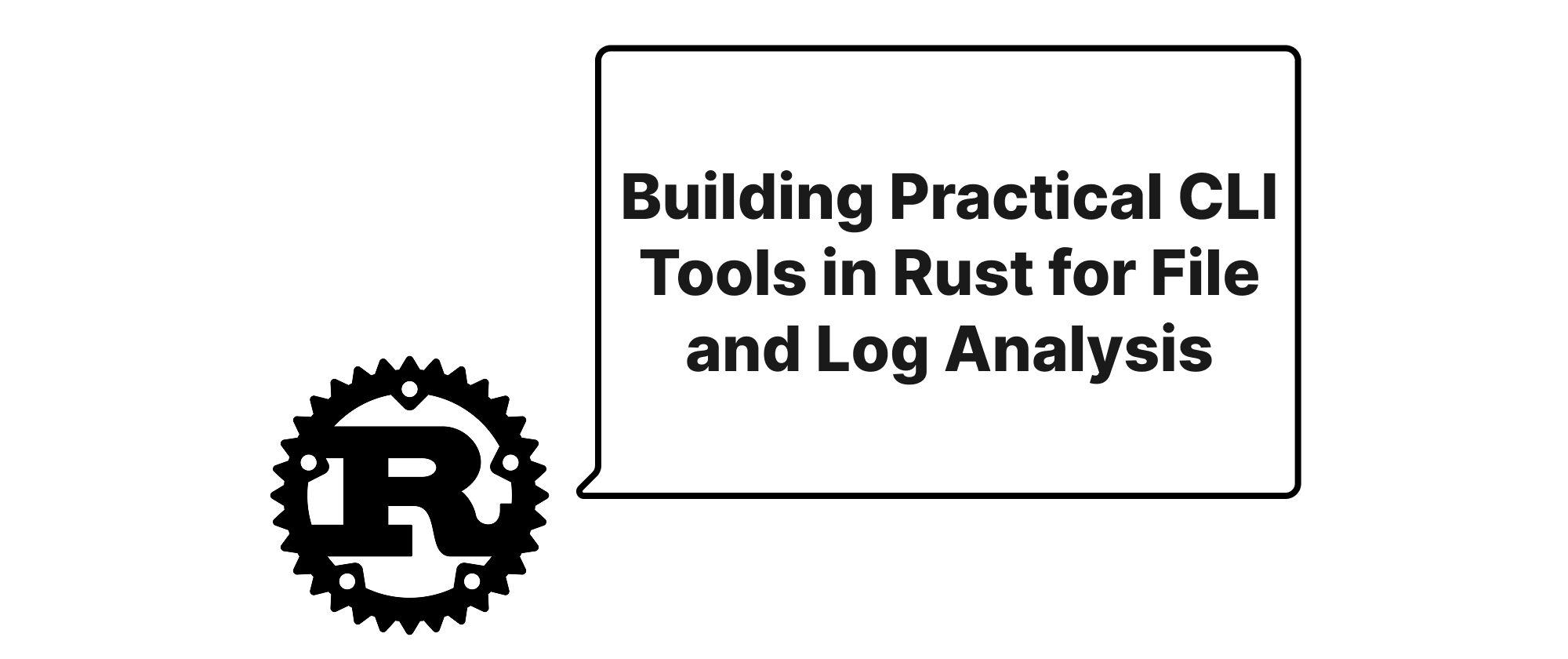
Building Practical CLI Tools in Rust for File and Log Analysis
This article explores how to leverage Rust's strengths to build powerful and efficient command-line tools for common tasks like file searching and log analysis, highlighting performance, safety, and conciseness.

Mastering Bounded Contexts and Aggregate Roots in Backend Development
Explore how identifying Bounded Contexts and Aggregate Roots simplifies complex backend systems, enhances maintainability, and clarifies domain boundaries, with practical examples.
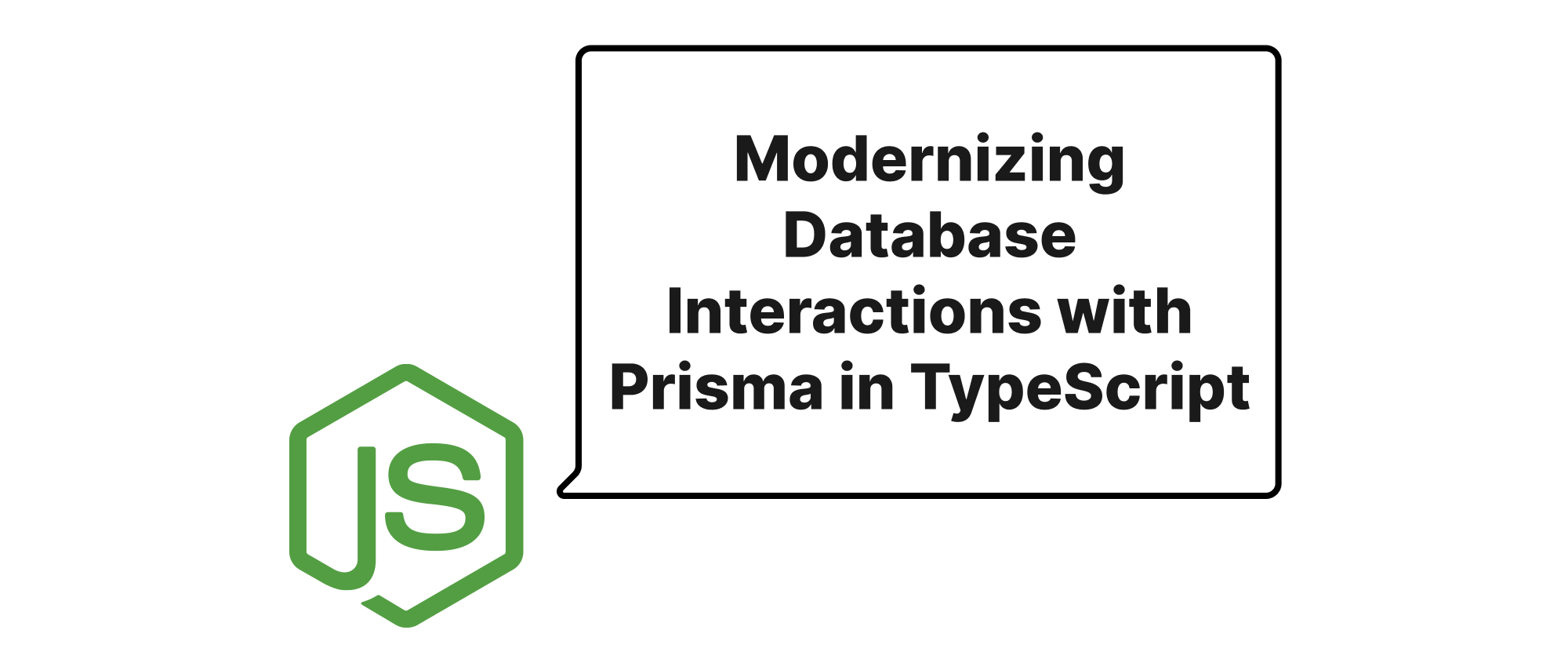
Modernizing Database Interactions with Prisma in TypeScript
Explore how Prisma, a powerful TypeScript ORM, simplifies database management, enhances developer experience, and integrates seamlessly into modern JavaScript applications.

Building a Decorator-Driven Dependency Injection Container in TypeScript
This article delves into the creation of an automated dependency injection container in TypeScript, leveraging decorators for a clean and manageable codebase. It explains the core concepts, provides practical implementation examples, and discusses the benefits for modern JavaScript applications.
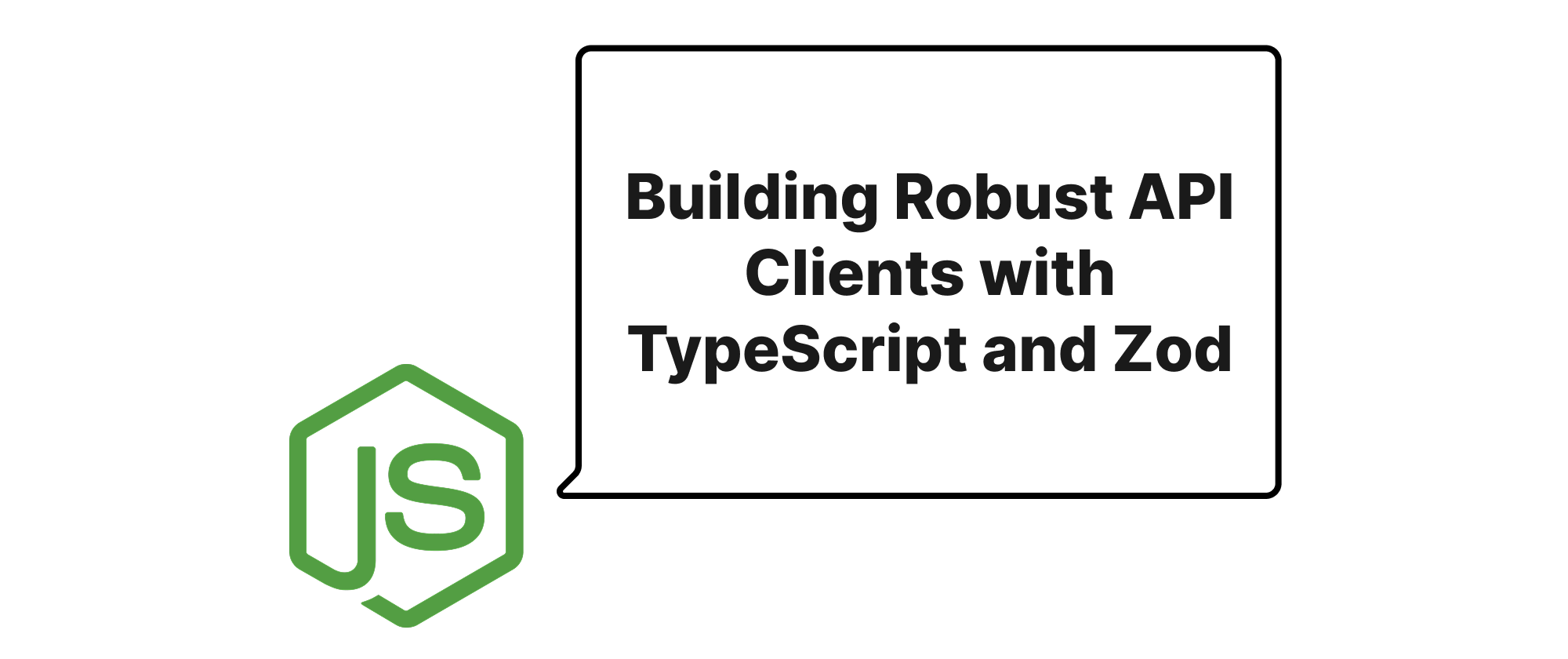
Building Robust API Clients with TypeScript and Zod
Discover how TypeScript and Zod dramatically improve the type safety and reliability of API request clients, ensuring data integrity and developer confidence.

Choosing the Right Gunicorn Worker for Your Python Web Application
A deep dive into Gunicorn's worker types – sync, gevent, and UvicornWorker – to help you optimize your Python web application's performance and concurrency.
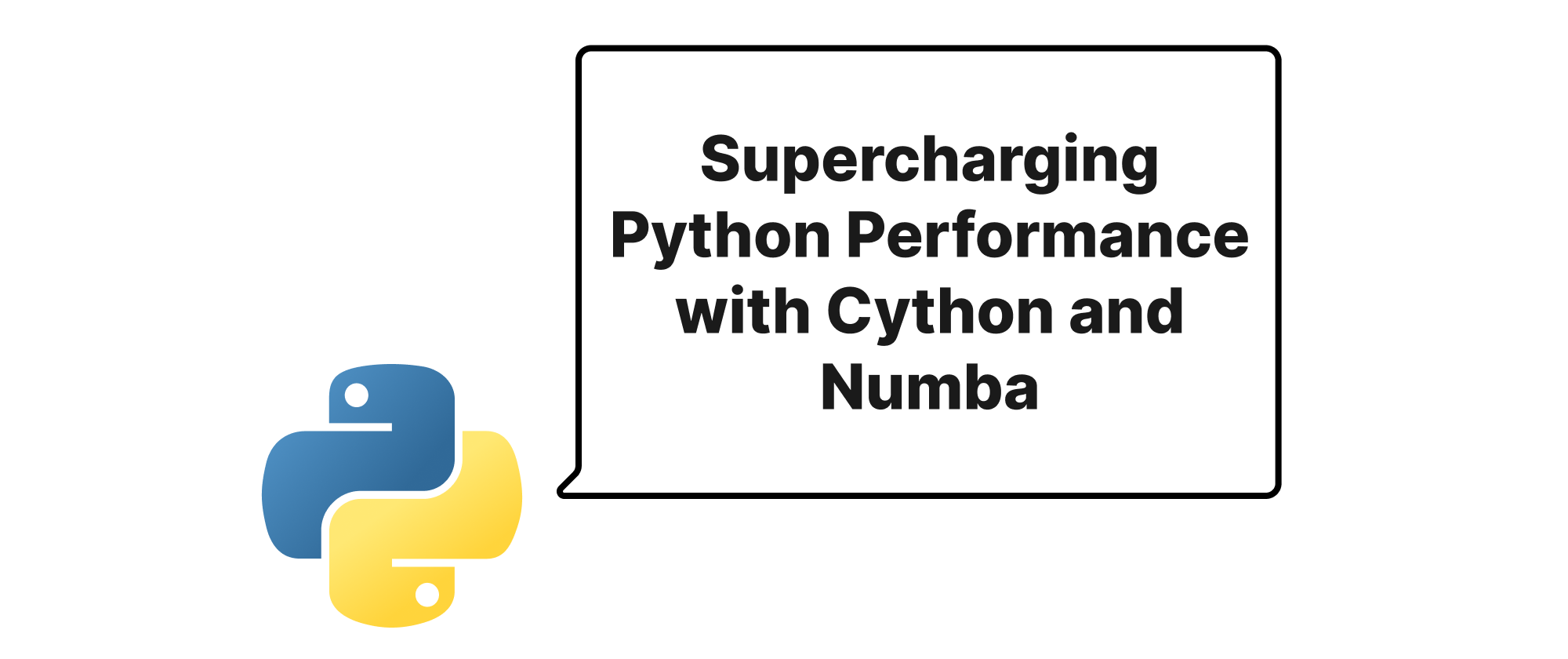
Supercharging Python Performance with Cython and Numba
Explore how Cython and Numba can dramatically accelerate Python code, sometimes by orders of magnitude, through practical examples and detailed explanations.

Implementing a Go and Redis-powered Sliding Window Rate Limiter
This article delves into building a robust sliding window rate limiter using Go and Redis, covering core concepts, implementation details, and practical use cases for effective API traffic management.

Building Resilient Databases with Reversible Migrations
This article delves into the critical practice of writing reversible database migration scripts to prevent production incidents, discussing core concepts, implementation strategies, and practical examples.
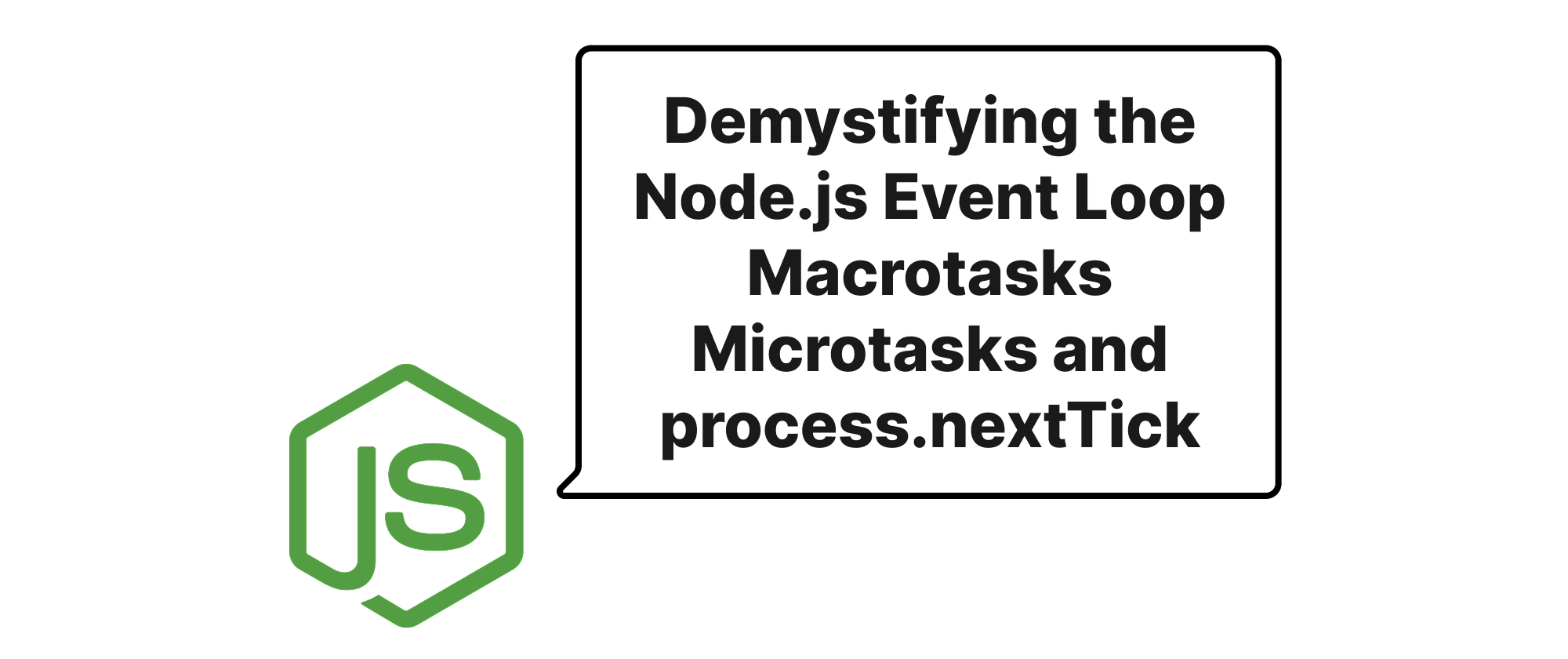
Demystifying the Node.js Event Loop Macrotasks Microtasks and process.nextTick
A deep dive into the Node.js event loop mechanism, explaining the roles of macrotasks, microtasks, and process.nextTick in managing asynchronous operations and ensuring efficient execution.

Externalizing Configuration for Robust Cloud-Native Applications
A deep dive into the 12-Factor App principle of externalizing configuration, its benefits, practical implementations, and how it leads to more portable and scalable backend systems.

Defending Node.js Web Applications from Prototype Pollution and Request Smuggling Attacks
Explore the vulnerabilities of prototype pollution and request smuggling in Node.js web applications, understand their mechanisms, and learn practical defense strategies with code examples.
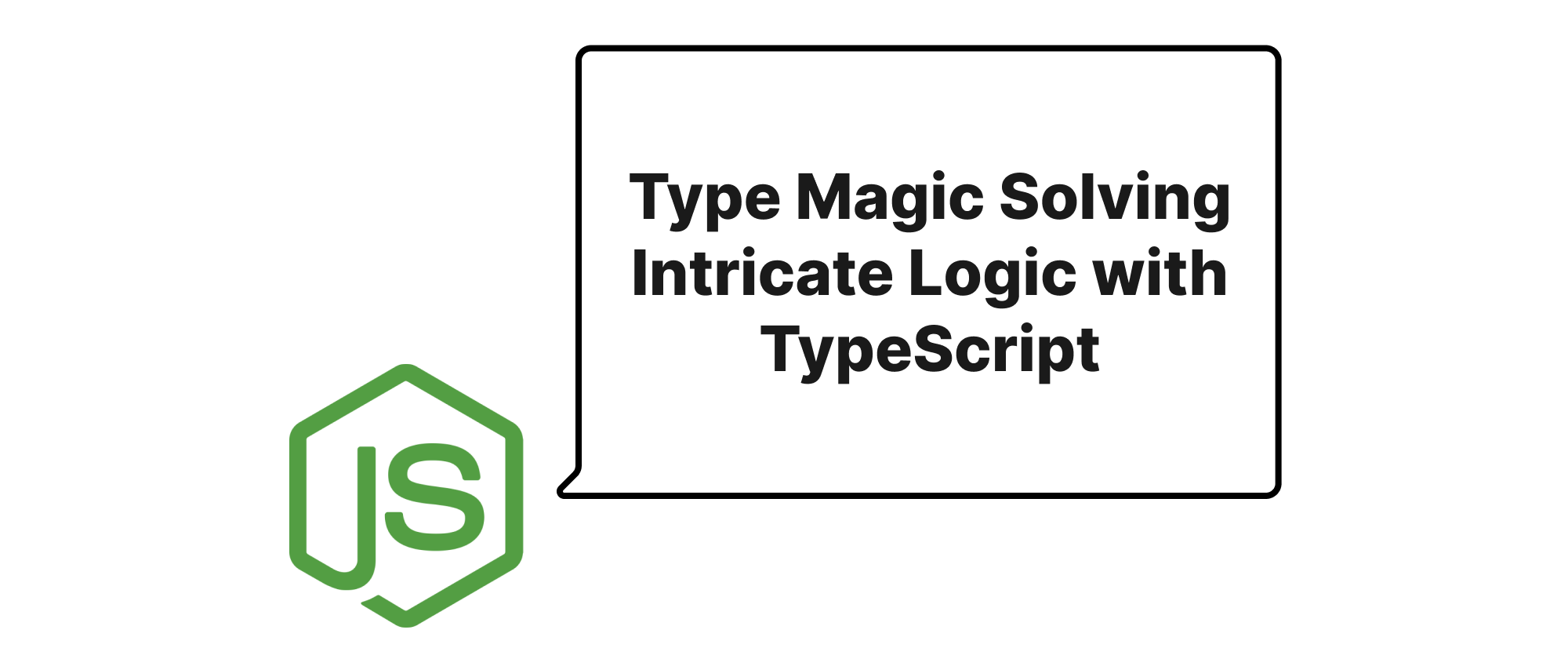
Type Magic Solving Intricate Logic with TypeScript
Exploring how TypeScript's type system can be leveraged to tackle complex logic problems, transforming code into type-safe and robust solutions.
